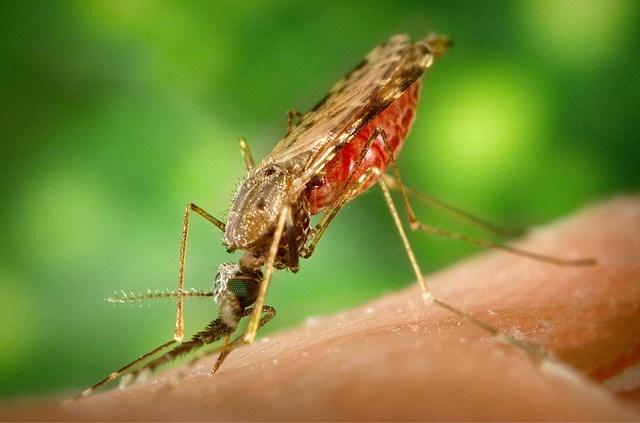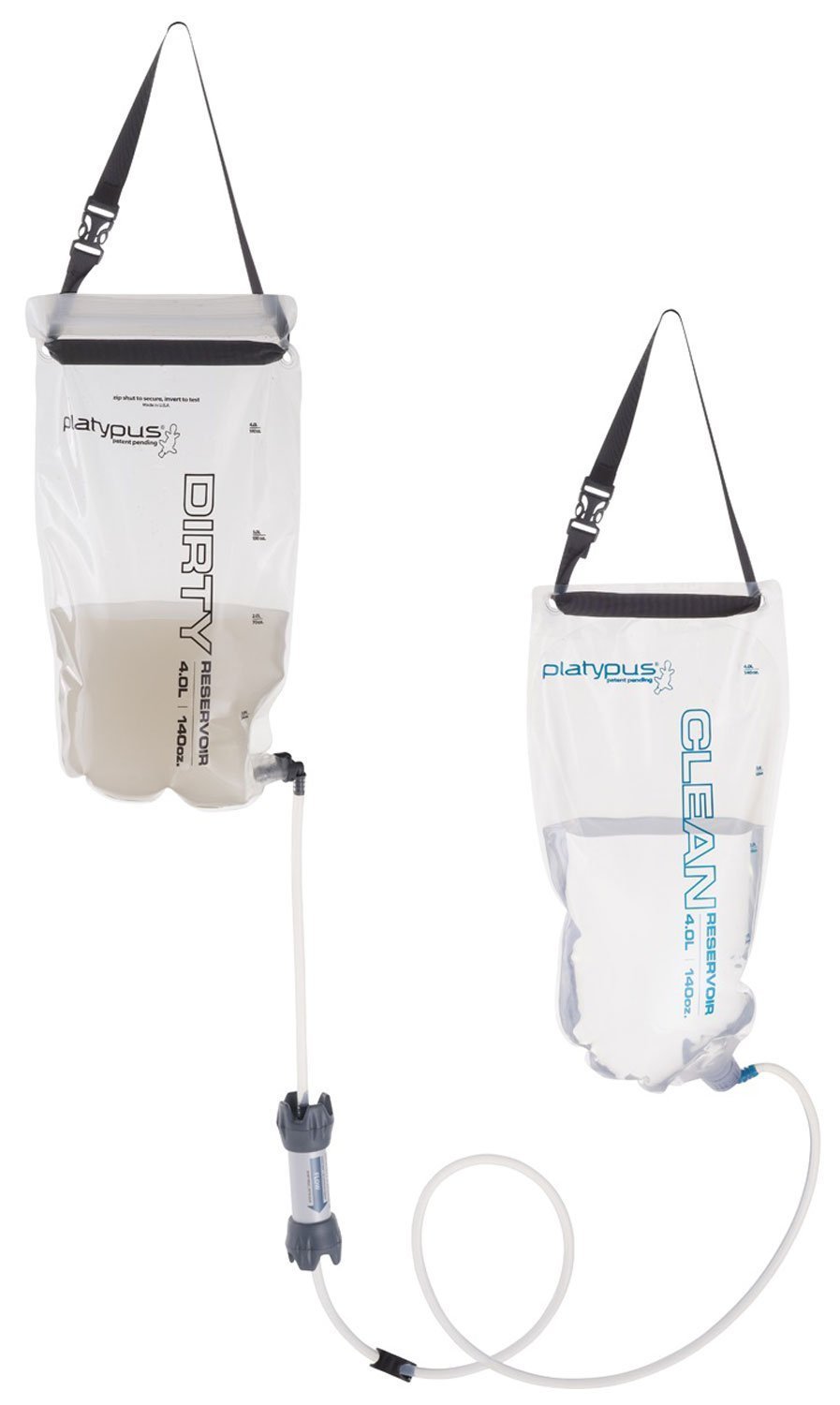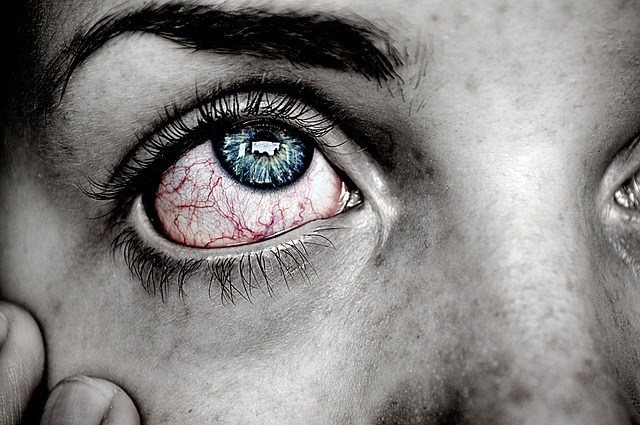
When our society collapses, so too will unlimited access to clean water, quality food, and medical care. Most diseases that have long been eradicated in the developed world will once again rear their ugly heads, and many will die. Preparing now will ensure that we and our loved ones have a better chance of surviving.
WATER
One of the first things to go, regardless of the cause of collapse, may be access to clean water. Bacterial infections (such as cholera, dysentery, and typhoid), protozoan infections (such as giardia and cryptosporidiosis), parasitic infections (such as schistosomiasis), and viral infections (such as polio and hepatitis A) will arise primarily due to fecal matter in the water, and even water from the most pristine high-altitude streams will not be safe to drink without treatment. In the emergency preparedness classes that I taught, I collected water from a scummy pond. With an abundance of algae, it was very green and contained a lot of solid matter. I made for samples for demonstration purposes: 1) passed only through a coffee filter; 2) boiled; 3) distilled; 4) treated with bleach. Without revealing the treatment methods used, I asked the class which water looked best and safest to drink. Hands down, everyone chose the clearest, cleanest, purest looking sample—the water that was only passed through a coffee filter. The boiled, distilled, and bleach-treated samples were all off in color. It was at that point I realized that once the collapse begins, we need to be prepared to purify all of our water ourselves, and not rely on anyone else.
FOOD
While illnesses arising from impure water will start quickly after collapse beings, increases in cases of food poisoning won’t be far behind. There is a wide variety of bacteria that cause food-borne illnesses. Some will only cause vomiting and/or diarrhea; others can be fatal. Of course, that is the case even now, when all is apparently well in our world. However, when people become desperate due to dwindling food supplies, they will also start eating food they normally would have tossed out. And they may become less cautious about the hygiene standards for those preparing the food. The pathways for potential contamination are numerous:
- contaminated water used for washing or cooking;
- under-cooked meat;
- infected people handling food;
- food held too long at improper temperatures;
- botulism, not only from improperly canned foods—commercial or home canned, but also from baked potatoes baked in aluminum foil and then left at room temperature;
- poor hygiene among food handlers.
To prevent illness, use only purified water for food preparation, cooking, and washing dishes. Carefully wash all produce. Cook all foods thoroughly. Enforce rigid hygiene practices for all food handlers. Practice strict observance of all guidelines for home canning. Don’t permit strangers to prepare your food. And don’t save leftovers—practice cooking what will be eaten in one meal.
MOSQUITOES

The incidence of malaria and yellow fever will definitely surge, as also will in all likelihood cases of zika, chikungunya, and dengue
Mosquitoes can carry bacteria, viruses, and parasites, making them an efficient vector for the transmission of dozens of diseases. While they pose a much greater threat in tropic and subtropical climates, mosquitoes range throughout North America. The most serious diseases spread by mosquitoes in North America at this time are western equine encephalitis and eastern equine encephalitis. However, in a grid-down situation, where municipalities are no longer actively combating mosquitoes and when filters and chemicals for backyard swimming pools are no longer being used, the mosquito population will increase astronomically—as will the number of diseases and cases. The incidence of malaria and yellow fever will definitely surge, as also will in all likelihood cases of zika, chikungunya, and dengue. To reduce chances for mosquito bites, wear clothing that fully covers the skin, eliminate open sources of water, utilize window screens and mosquito netting where possible, and apply mosquito repellents to exposed skin.
ACCIDENTAL INJURIES
As the society we have been raised in regresses to the 1800’s, as access to unlimited amounts of clean water and quality food decreases, and as people start working more physically, the number of accidental wounds and injuries will increase. As good nutrition decreases, the ability of the body to fight minor infections will also decrease. Simple scratches, even hangnails, will have the potential to become life-threatening. The first line of defense is to maintain strict personal hygiene—keep your skin clean. Second, make sure your tetanus vaccine is current.
Third, wear protective clothing always. This includes sturdy shoes and socks and gloves appropriate to whatever task you are performing. Fourth, whenever there is even the most minor of scratches, cuts, or wounds, practice thorough cleansing of the affected area, apply antibiotic ointment, bandage carefully, and change the dressing frequently. And get into these habits now.
COMMUNICABLE DISEASES
Careful hand-washing and avoiding crowds will go a long ways towards avoiding infection, as will keeping current on vaccinations. For those illnesses that breach your defenses, make sure you have an area that can be used for quarantine. Have a generous supply of plastic sheeting for sealing windows and doors, as well as medical gloves and N-95 masks. In addition, store antibiotics commonly used for treating strep throat, scarlet fever, and pneumonia, in addition to others routinely used for conditions to which you are susceptible.
VERMIN
While lice and bedbugs don’t necessarily transmit disease (they may), they do make people uncomfortable with either the itching or the mere thought of their possible presence. Don’t share personal items such as combs, brushes, sheets, or towels. As with most diseases, prevention is easier than treatment. However, consider adding some lice treatment supplies to your storeroom, just in case.
As society collapses, so does the government’s ability to provide services such as garbage collection. Mice and rats will be living the high life. So that they do not enjoy their newfound prosperity at your expense, have plenty of bait and traps for them.
MALNUTRITION
As the new normal lingers, malnutrition will become increasingly common. As a group, we have a reputation for having gathered and stored food to see us through to the other side. However, we can’t store food for everyone and we need to be prepared to improvise if for whatever reason our supplies run out.
Most nutritionists agree that a ratio of 40% carbohydrates, 30% protein, and 30% fats is healthy. However, what we actually consume varies widely, with women more likely to consume more carbohydrates and less protein, and the opposite for men. When the grid goes down, we’re going to be spending more time in physical labor, and our caloric and nutritional demands will change, sometimes drastically. And sometimes, people will have to make do with what they can find for food. So here we’ll address what various deficiencies in the diet look like and what can be done to remedy them.
The symptoms of protein deficiency are varied and non-specific and include weakness, fatigue, and reduced immune system function. Symptoms of carbohydrate deficiency are similar to those for protein deficiency but also include depression and mood swings. Symptoms of fat deficiency (which can occur even on overweight individuals) are similar to those of carbohydrate deficiency but also include reduced brain function and an increase in skin problems. And fats are essential for the body to be able to absorb the fat-soluble vitamins A, D, and E.
In the developed world we have been blessed for so long to have ready access to a widely varied diet that we have not seen manifest the effects of vitamin deficiencies for the most part, or at least those deficiencies due entirely to diet alone. Even when things fall apart, it will be a long time before we see problems with vitamin A and B deficiencies. When we run out of fresh or preserved fruits, problems with vitamin C deficiencies will likely arise. Teas can be made from pine needles or rose hips, or juice can be made from wheat grass to provide this essential vitamin. Vitamin D occurs naturally in only a few foods—generally fish and eggs. Most vitamin D in a North American diet comes from fortified milk and grains. When these dietary options become limited, just make sure to get at least a few minutes of sun each day, exposing as much of the skin as reasonably possible, and without sunscreen.
As variety in the diet and as food in general become restricted, conditions caused by dietary mineral deficiencies will present themselves. The best prevention will be raising your own vegetables and fruits and including whole grains and beans in your diet. Add in some eggs from your flock of chickens and use iodized salt and you’ll be well covered. For times when growing vegetables due to the season or due to having to leave your home is not possible, stock a generous supply of vitamin and mineral supplements for everyone in your family.
MEDICATIONS AND MEDICAL SUPPLIES
The aforementioned diseases will be making a comeback. That’s just what happens when societies collapse. While we are pretty powerless to stop that collapse, we can dramatically increase our chances of making it to the other side by ensuring a clean water supply and ready access to good food, and by observing strict personal hygiene and sanitation.
However, some illnesses and injuries are still bound to occur. It is important to stock a variety of OTC pain relievers including ibuprofen, acetaminophen, aspirin, and naproxen sodium. These will effectively help with most of our minor ailments. For those killer headaches that come on hard and strong, have some children’s chewable versions of these pain relievers. They are more expensive, but they begin acting in about half the time. Benadryl is useful not only for allergies, but more importantly for insect bites or stings.
Despite medical and governmental counsel to the contrary, don’t throw out unused prescriptions. Of course, they can only legally be used by the person for whom they are prescribed, but you never know when they may come in handy again. Long-term studies have shown that most medications, providing that they are stored in a cool, dark place, retain their efficacy long past the posted “best by” date. The most notable exception to this is the tetracycline antibiotics, which should never be used past the date given on the package.
As people experience changes in their normal diet, stomach and intestinal upsets are bound to occur. Peppermint tea has been used for centuries to calm upset stomachs. Anti-diarrhea remedies should be available for mild cases of intestinal upset, but in severe cases of diarrhea, as will happen with cholera and dysentery, more will be needed. Electrolyte replacement solutions like Gatorade or Pedialyte take a lot of shelf space and storing an adequate supply gets expensive. Make your own using the following recipe:
- 1 quart water
- 1-1.5 tablespoons sugar
- ½ teaspoon salt
- ½ teaspoon baking soda
- ½ teaspoon of salt substitute (potassium salt)
- 1 pack of sugar-free drink flavoring (Kool-Aid packet, or something similar—it’s not necessary, but especially helpful when trying to get someone to drink as much as possible)
In addition to the masks and gloves already mentioned, also stockpile a generous supply of:
- Bandages in all types and sizes;
- Topical creams such as triple antibiotic, hydrocortisone, Benadryl, and silver nitrate;
- Betadine or iodine;
- Mineral oil;
- Epsom salts;
- A wide variety of medical tapes;
- Alcohol wipes;
- Cotton balls;
- Your favorite cold, cough, and flu remedies;
- Essential oils you have found useful.
Also obtain a few medical books such as Physician’s Desk Reference and The Ship’s Medicine Chest and Medical Aid at Sea (get an older copy from the 1980’s or earlier—with the advent of satellite and cell phones, a lot of advice in later editions has been to “call the mainland” for help).
Cleaning supplies will be critical in maintaining safe environments post-collapse. Unfortunately, bleach doesn’t have a long shelf life, and neither does peroxide. If you are among those thinking you’ll be able to make “one last run,” include these items on that list. Rubbing alcohol, soap, and vinegar last forever. What many people don’t realize is that white vinegar is a great disinfectant for almost all hard surfaces, and true apple cider vinegar (with the mother) has numerous medicinal uses. Storing several gallons of each (depending on the size of your group or family) would not be excessive.
And finally, antibiotics. While sanitation and clean water were rated number one in a survey concerning the greatest medical advances in history, the discovery and development of antibiotics were a close second. When the collapse is in full swing, it may well be easier to find a doctor who knows how to prescribe antibiotics than it will be to find the antibiotics themselves. They may become worth their weight in gold.
However, it is very difficult to find a physician who will prescribe antibiotics for you “just in case.” Federal regulations make this a very risky activity for the doctor. Fortunately, there are two ways to work around this problem. There are several companies online that sell a wide variety of fish antibiotics. While there is some debate about whether “fish” antibiotics are safe for humans, it is generally acknowledged that the “fish” antibiotics and “human” antibiotics are coming from the same manufacturer. They look the same because they are the same. Unfortunately, the “fish” antibiotics can be a little pricey.
The other option is ordering “human” antibiotics from an overseas pharmacy. These are much less expensive than the “fish” antibiotics available in the United States, even after you factor in the shipping. I can’t compare companies, as I have only used alldaychemist.com. I have ordered from them several times and have always been pleased with the service. However, they have a nasty habit of calling you frequently to remind you to place another order. So when you have to provide a phone number, make sure you give them a number for a phone you rarely use. (FYI: When you are asked if you have a prescription for the medication you are ordering, just say “yes.”)
Based on my family’s history and recommendations online for what to store, the list of antibiotics in our storeroom includes the following:
- Amoxicillin (strep throat, pneumonia)
- Erythromycin (same uses as amoxicillin, but safer for pregnant women and children, and safe for those allergic to penicillin)
- Doxycycline (same uses as amoxicillin, but for those allergic to penicillin/amoxicillin, cholera)
- Ciprofloxacin (anthrax, urinary tract and prostate infections, pneumonia, bronchitis, diverticulitis, dysentery, typhoid)
- Metronidazole (diverticulitis—when combined with ciprofloxacin, some STDs, giardia)
- Cephalexin (strep throat, pneumonia, staph infections—but not MRSA)
- Azithromycin (respiratory infections, skin infections, ear infections, STDs, cholera, cryptosporidiosis)
- SMZ-TMP (some respiratory and urinary tract infections, especially useful for MRSA)
Again, these antibiotics should not be acquired with the intent of self-diagnosing and self-treating our illnesses. They really should only be utilized with a licensed physician’s recommendations.
We all know a collapse is coming. History teaches us that all these diseases will be making a comeback. Being prepared won’t guarantee survival, but it will greatly improve our chances.
























